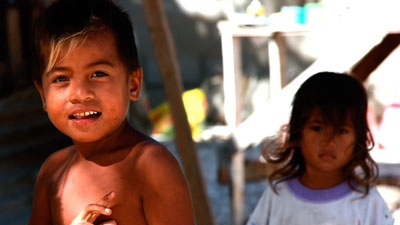August 15, 2012 - Over the past decade, governments and development partners in the Pacific have strived to improve aid effectiveness and development outcomes through the adoption of Sector Wide Approaches (SWAps). This study reviews selected health and education SWAps ongoing in Pacific Island countries and identifies strategic areas in which the effectiveness of sector SWAps could be improved in the Pacific region.
Lessons for Improving Performance and Outcomes under a SWAp
Pacific Island countries and DPs have established many important building blocks for enhancing aid effectiveness through the design and implementation of social sector SWAps. In addition, they are acquiring experience and building their capacities in sector management and implementation through a learning-by-doing process. But weaknesses in SWAp design and implementation may have slowed or undermined the achievement of sector results. Lessons point to three strategic areas that have the potential to improve the effectiveness of social sector SWAps in the South Pacific, and where countries, with the full support of DPs, might focus their efforts:
- Strengthening the focus on results by: (i) clearly articulating SWAp-specific objectives and indicators; (ii) providing assistance to improve results frameworks; (iii) encouraging use of evidence to support the most cost-effective, highest impact interventions; (iv) stimulating learning through research and evaluation; and (v) supporting ministries to manage for results.
- Strengthening national capacities by: (i) assessing capacities against capacity needs and developing holistic results-based approaches to capacity strengthening; (ii) strengthening procurement capacity and facilitating a consensus towards exclusive use of national procurement procedures; (iii) recognizing and addressing training/experience gaps of highly qualified, well trained experts in the management exigencies of a SWAp;(iv) reducing the ambition of the SWAps to calibrate objectives with available capacity while capacity is being built, and sequencing of the use of country systems; and (v) documenting and exploiting more fully the capacities and potential roles of civil society for service delivery and M&E.
- Strengthening the capacities, accountabilities and business models of the DPs to better meet the needs of countries implementing SWAps. An overarching lesson is the important role of government in holding DPs accountable to mutually agreed performance standards. DPs’ efforts might include: (i) strengthening their own capacities to effectively participate in a SWAp; (ii) ensuring that they are more strategic in their contributions to joint reviews; (iii) encouraging the inclusion of all DPs in joint missions, planning and review meetings; (iv) reviewing their respective business models and how well they respond to the demands and needs of a SWAp; (v) harmonizing their visions and approaches to the SWAp to present a united and supportive front to governments; and (vi) striking equilibrium in their dialogue with governments, ensuring rigor and candor on technical and strategic issues, and, at the same time, a respect of government sovereignty
This study also identified additional considerations and challenges for implementing a SWAp that are specific to the Pacific Islands. Among these are: (i) the very small size of ministry staff vis-à-vis the heavy workload of SWAps; (ii) the challenges of managing an especially large volume of TA; (iii) the relatively smaller pool of DPs involved and the very prominent role played by one or two bilateral DPs; and (iv) the existence of regional partnerships, structures and programs supporting social sector development.

